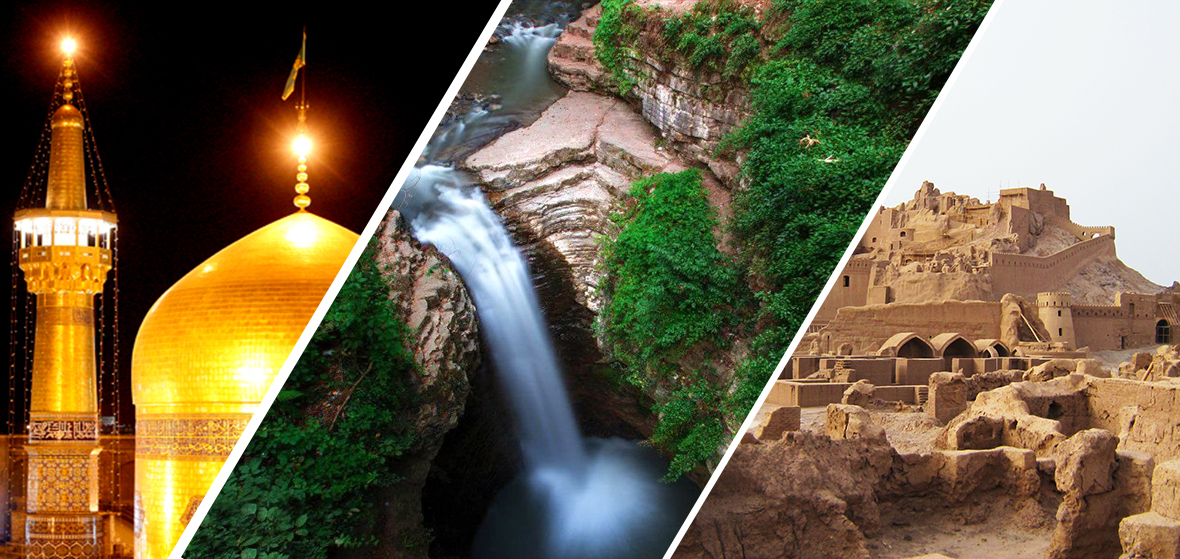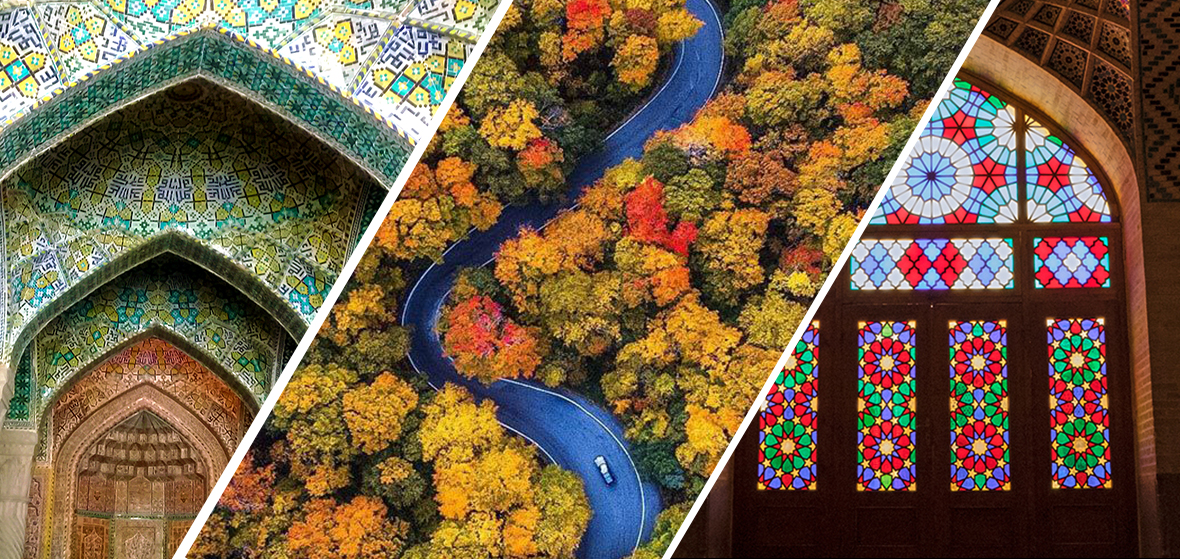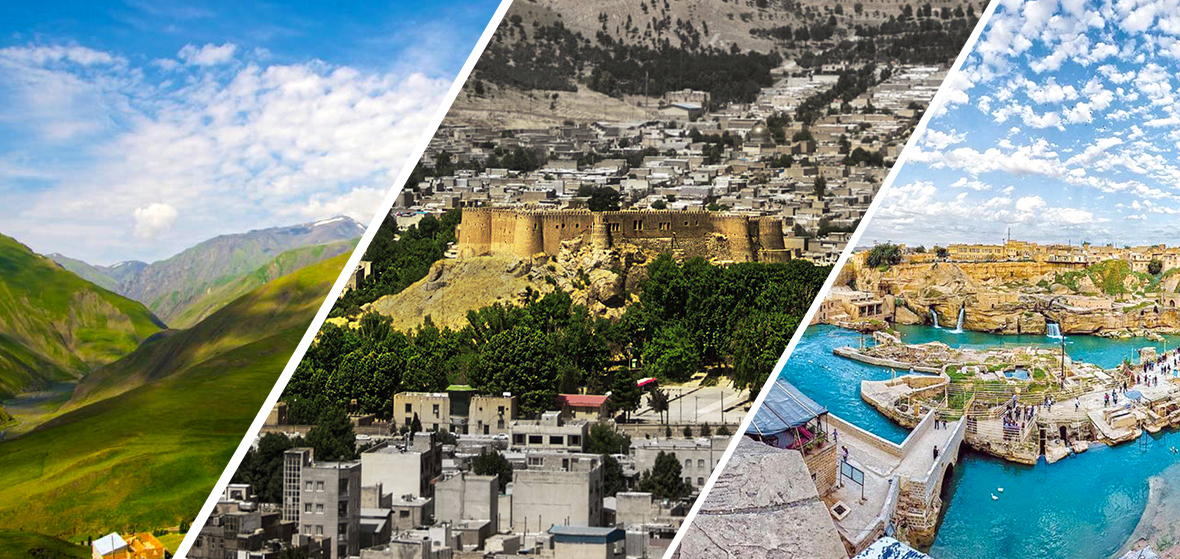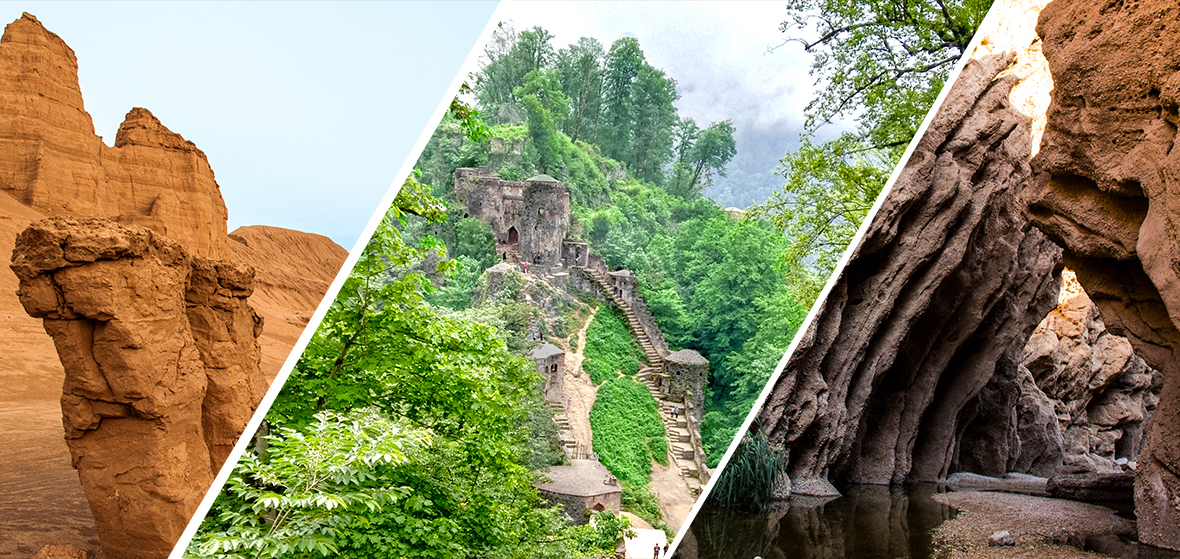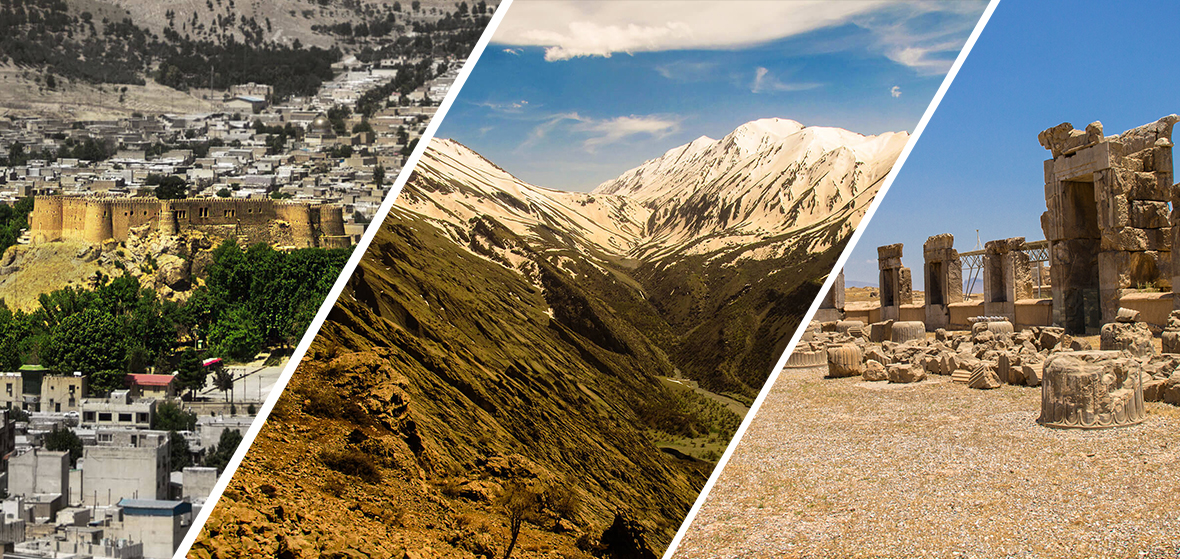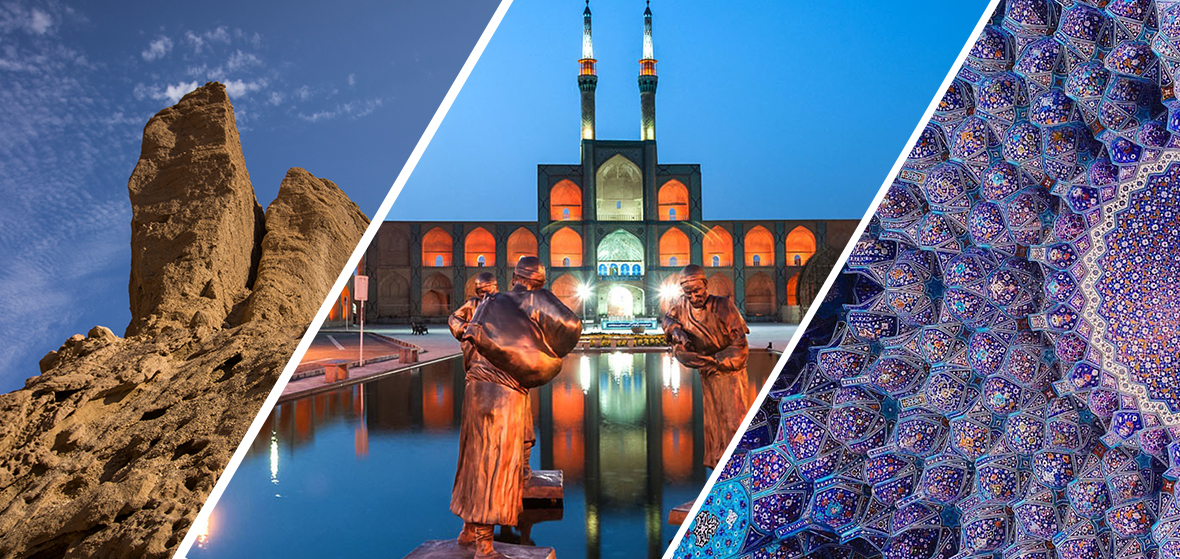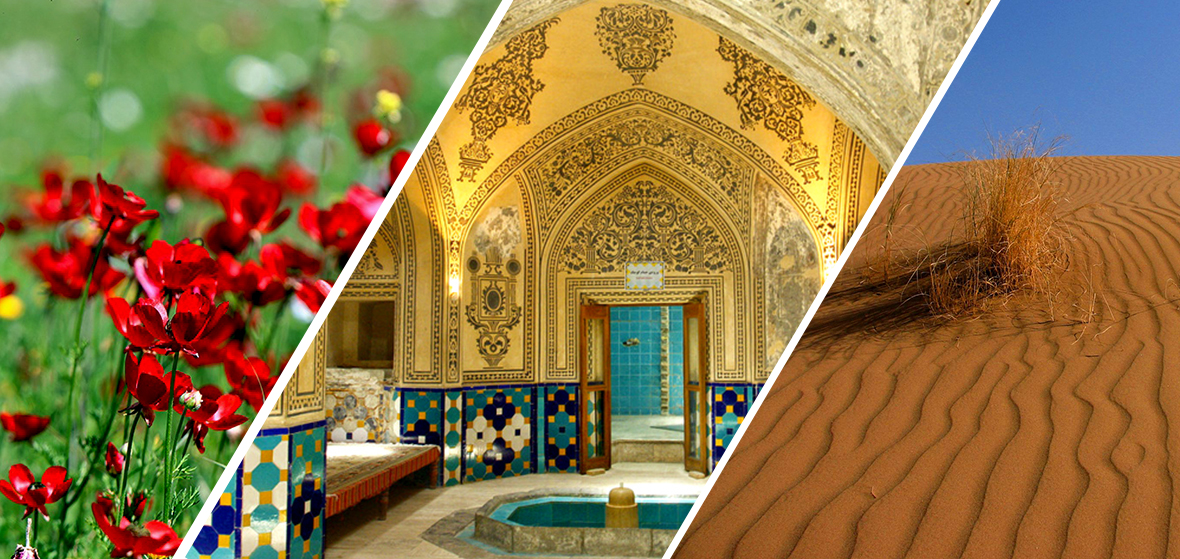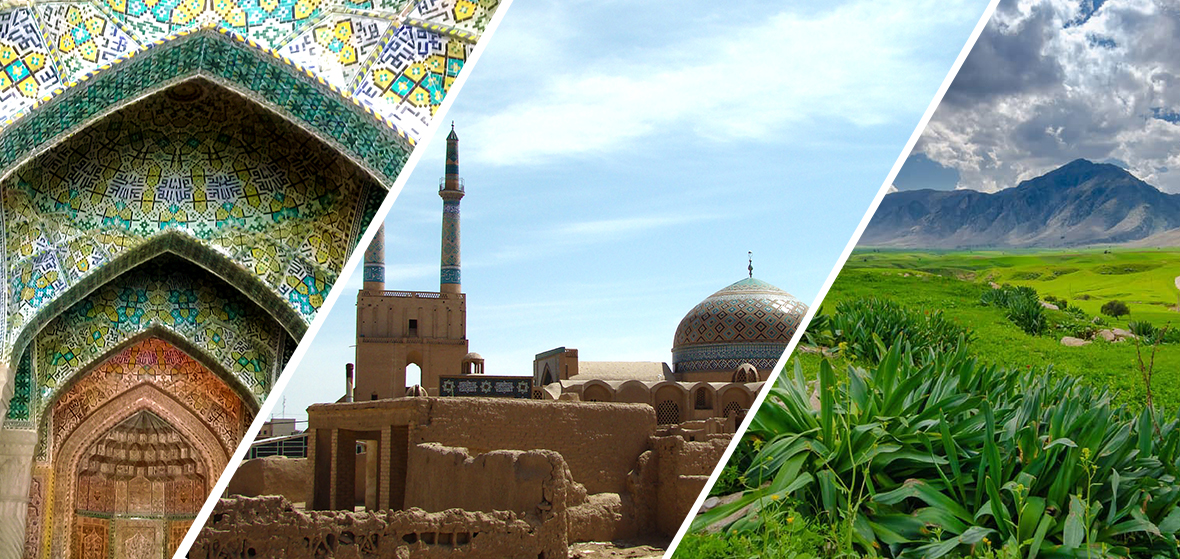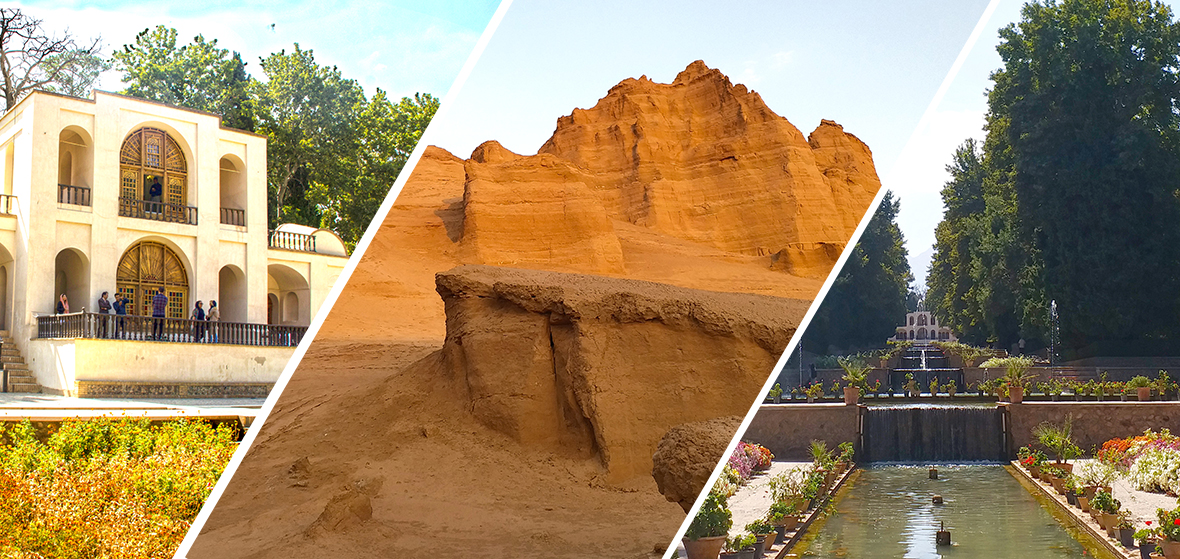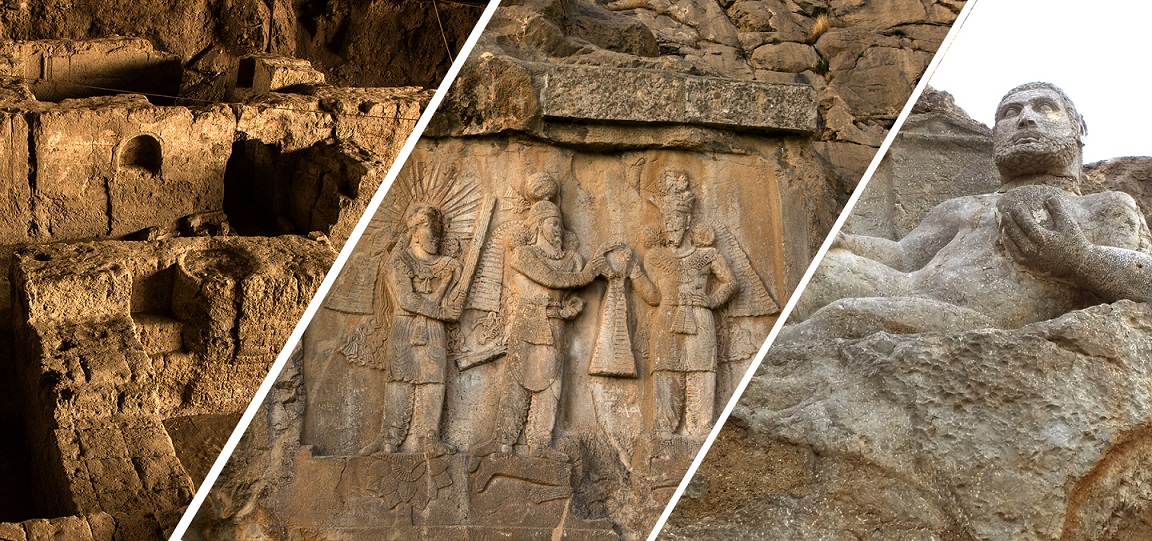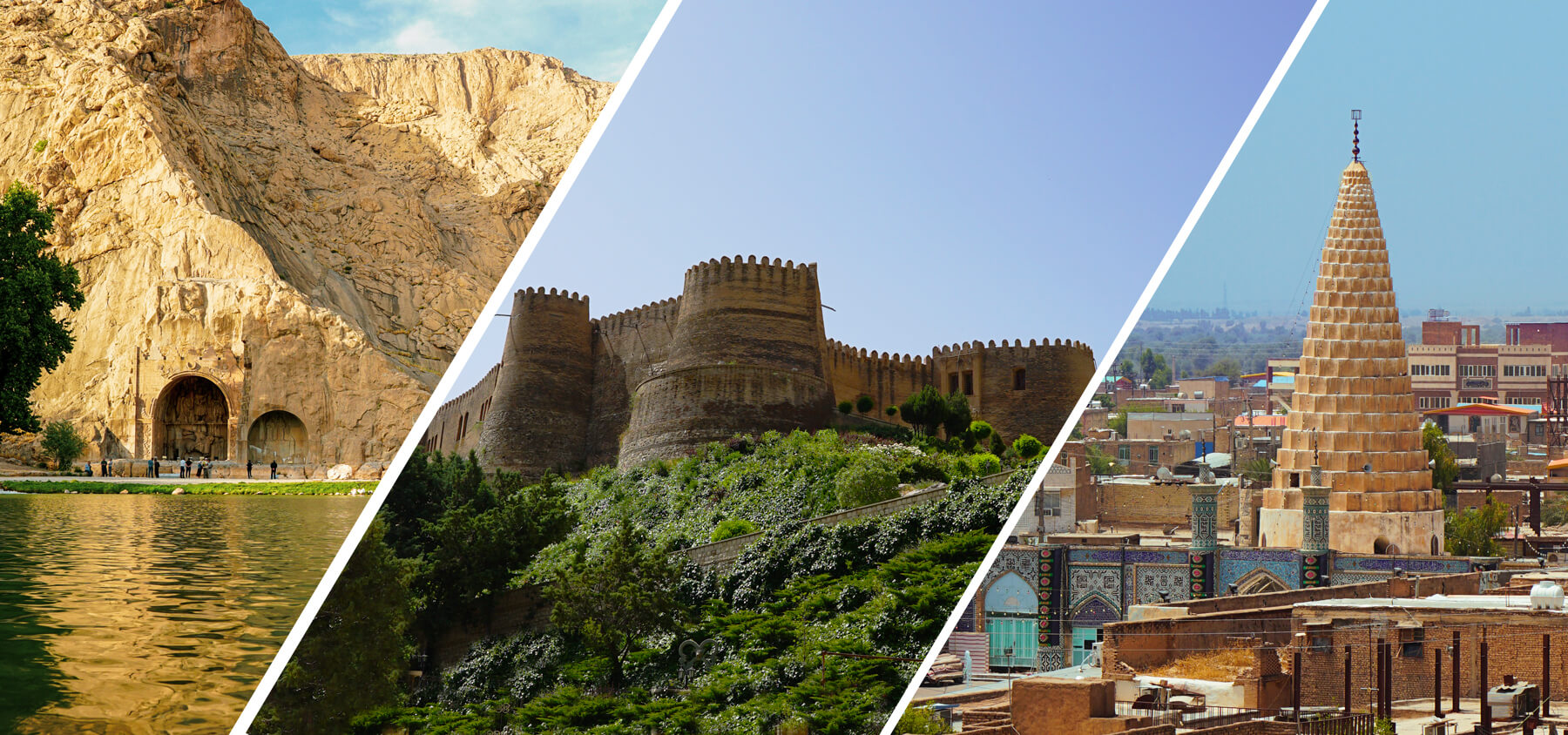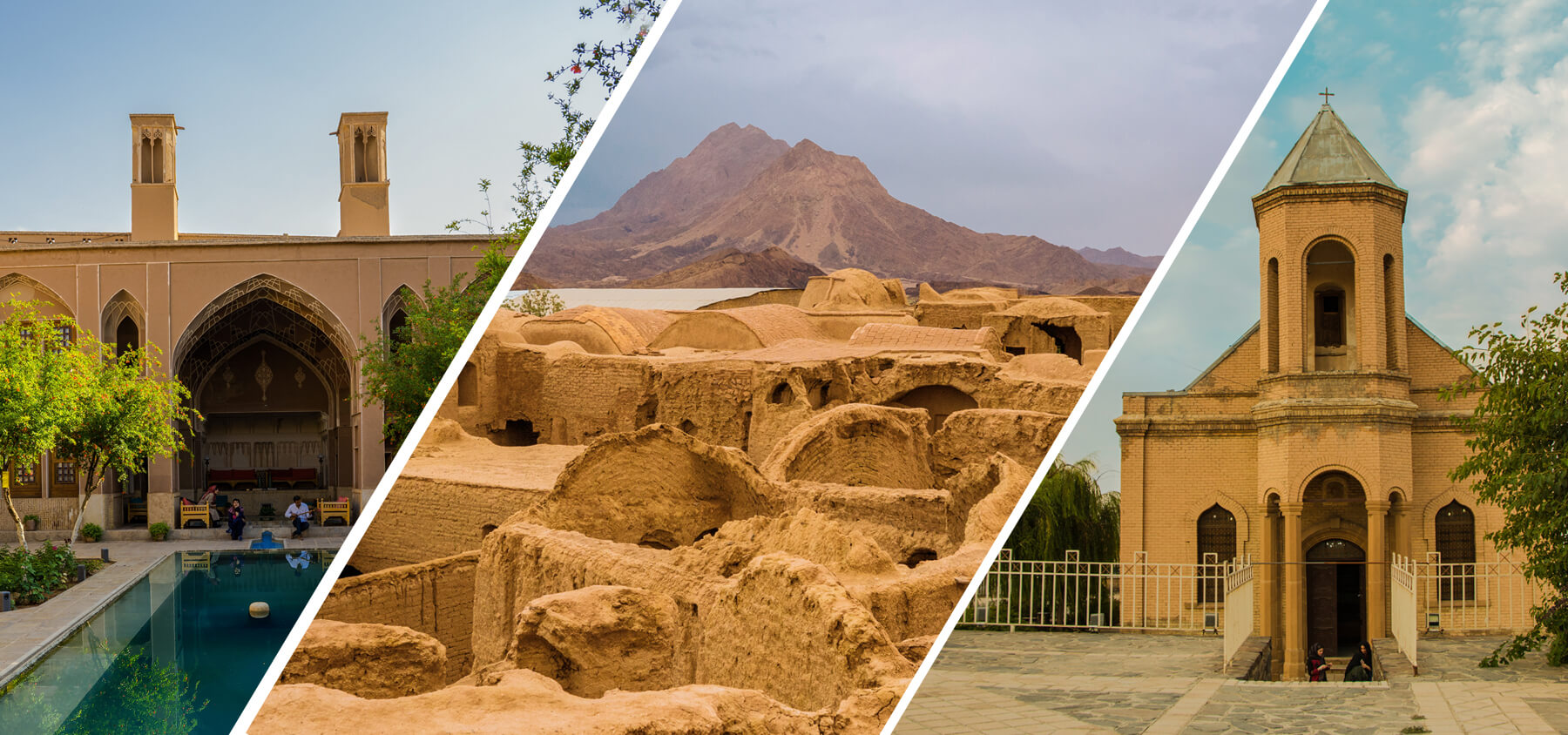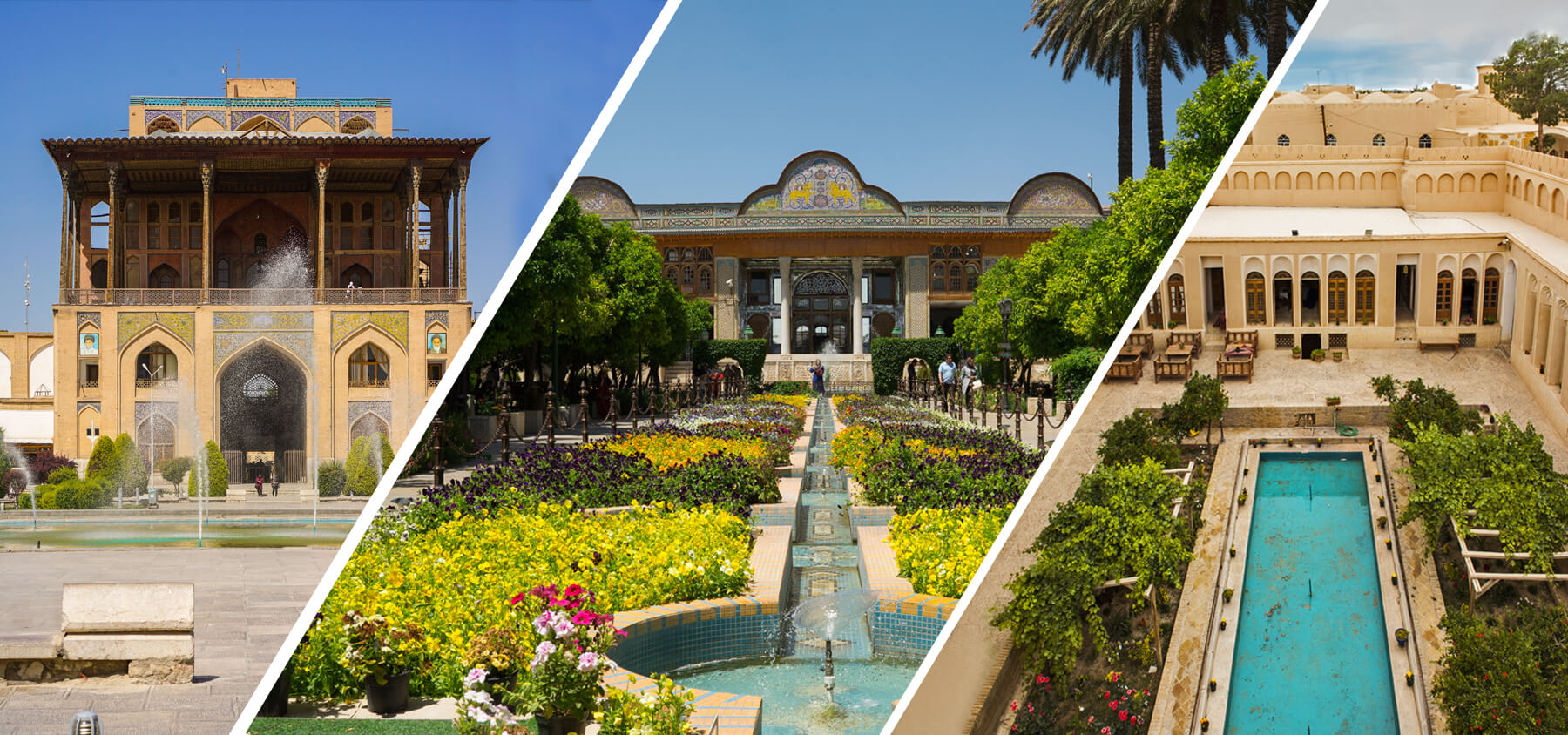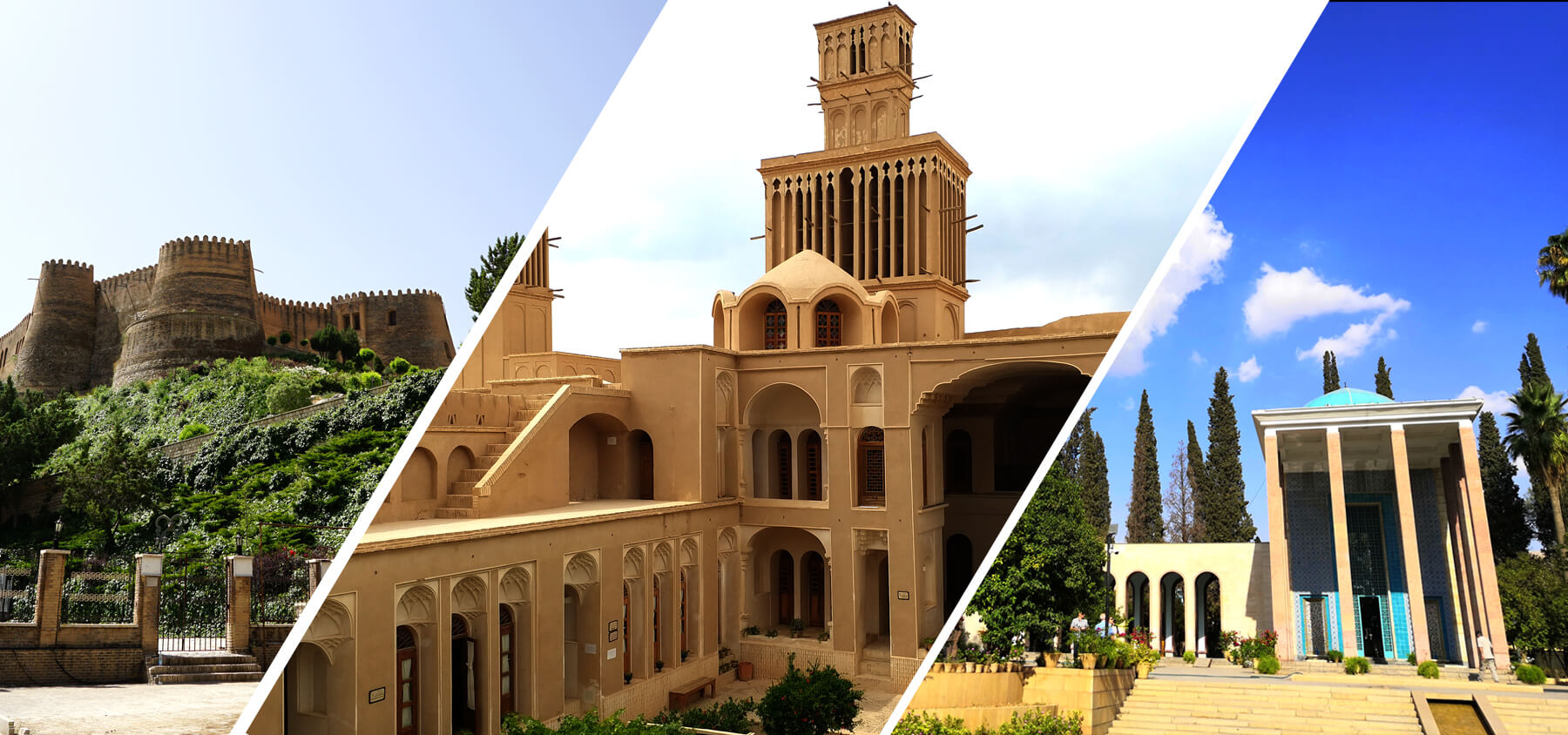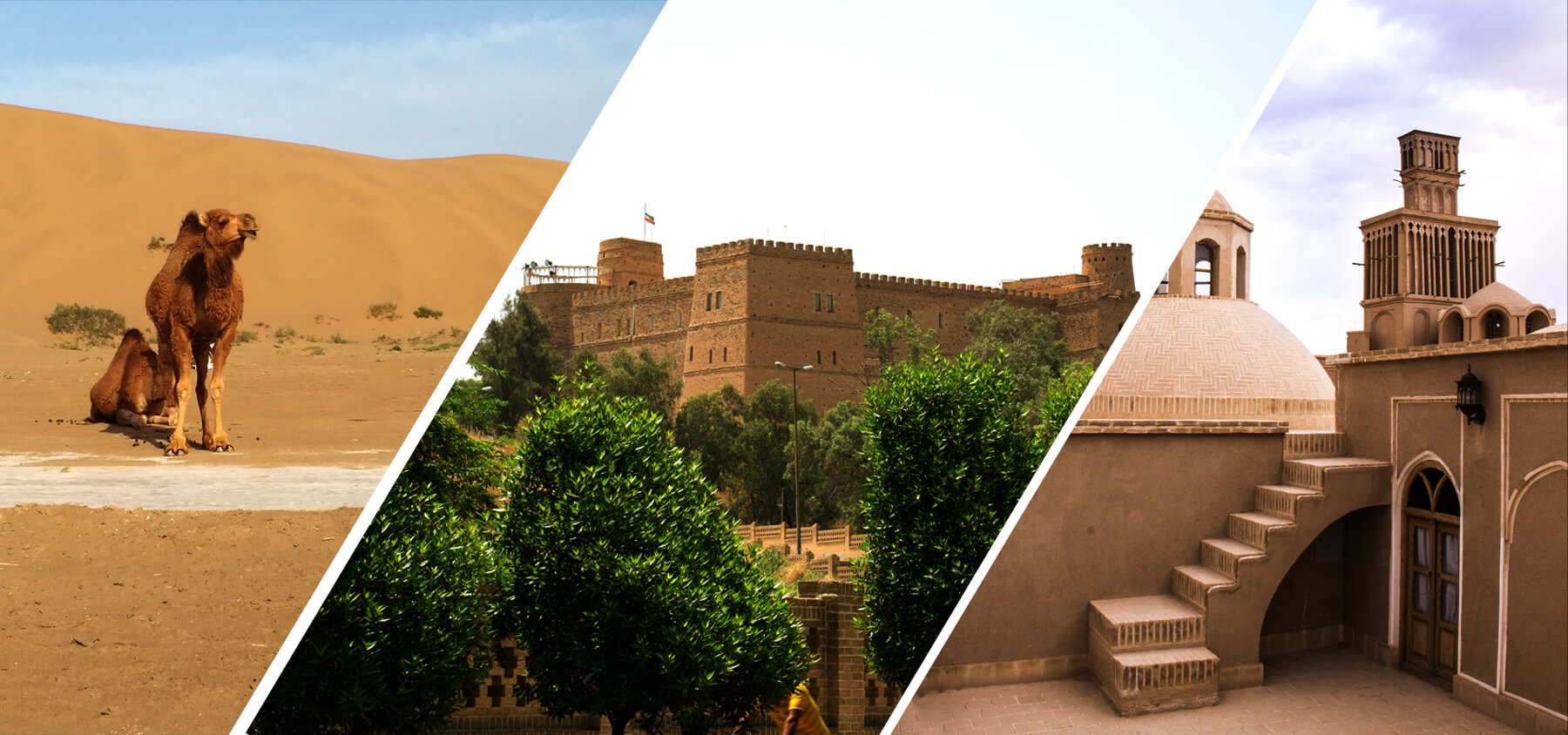An Introduction to Hamedan City: Iran’s Ancient Capital
Hamedan has always played an important role in the history of Iran. It is one of the oldest cities in the country. Different empires and kingdoms chose the city as their capital throughout history. That’s the reason why it owns such a rich historical and cultural heritage. In 2018, Hamedan became the “Capital of Asian tourism”. Considering its many impressive attractions, no wonder why it is a popular destination. Domestic and foreign travelers visit the city each year. Join us in this article to explore this ancient city and discover what it offers to its visitors.
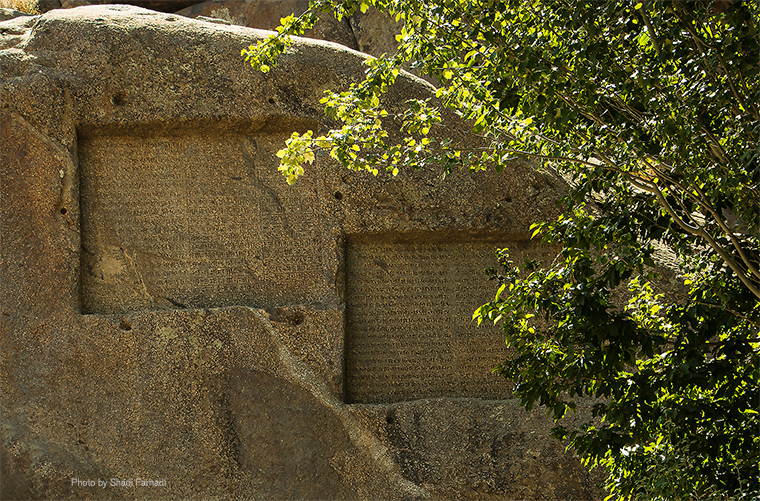 History and Background
History and Background
Hamedan is one of the oldest Iranian cities. Historians believe that the history of Hamedan dates back to the Median Empire. Known as Ecbatana by the Greeks, the city was the first Median capital. It became the capital of Iran once again during the Achaemenid dynasty. Herodotus, the Greek historian describes Hamedan as “a shining jewel of the ancient world “. With precious buildings and seven layers of city walls, the inner two buildings were coated in silver and gold.
The city suffered many invasions during different periods. But it remained the summer capital during Parthian and Sassanid times. When Arab captured the city, they changed the name to Hamedan. As it stands on the Silk Road, Hamedan was- and still is- an important commercial and cultural hub for the country. In 1928, a German architect redesigned Hamedan. He added a central square with six streets around it to resemble the spokes of a hexagram.
Geological Location and Weather
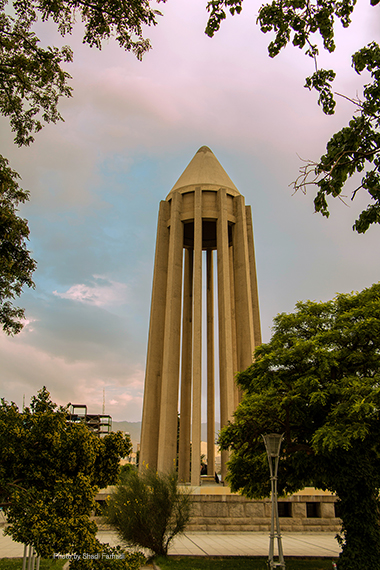 Hamedan is situated in a mountainous area in the center of western Iran. So, it enjoys mild weather during spring and summer and experiences snowy winters. The city is in the green foothills of beautiful Alvand, which is a subrange of the Zagros Mountains. You can see snow-covered peaks of the mountains all year round, creating a lovely view. Besides, the province is very rich in natural resources like rivers and waterfalls. Tuyserkan county in Hamedan province cultivates the most famous walnuts of Iran. Because of its beautiful landscapes and grasslands, many explore Mount Alvand. Trekking this mountain is a popular activity among hikers and mountain climbers. You may even have the chance to visit Iranian nomads along the way here!
Hamedan is situated in a mountainous area in the center of western Iran. So, it enjoys mild weather during spring and summer and experiences snowy winters. The city is in the green foothills of beautiful Alvand, which is a subrange of the Zagros Mountains. You can see snow-covered peaks of the mountains all year round, creating a lovely view. Besides, the province is very rich in natural resources like rivers and waterfalls. Tuyserkan county in Hamedan province cultivates the most famous walnuts of Iran. Because of its beautiful landscapes and grasslands, many explore Mount Alvand. Trekking this mountain is a popular activity among hikers and mountain climbers. You may even have the chance to visit Iranian nomads along the way here!
Tourist Attractions
Hamedan offers plenty of tourist attractions to tourists. Ranging from natural to historic and cultural destinations, the options are endless. Among the most famous attractions of the city are Avicenna Mausoleum, Tomb of Esther and Mordechai, Ganjnameh Waterfall, Hamedan Stone Lion, Tomb of Baba Taher, Masjed-e Jameh, Alavian Dome, Excavated Ecbatana Ancient City, Ali Sadr Cave and so many other attractions which can entertain you for days!
If you are into history, then visiting the remains of the ancient city of Ecbatana is a must. Here you can see the archaeological ruins of the city. There are also discovered artifacts and stone coffins with skeletons inside them. Besides, you shouldn’t miss the prehistoric rock carvings of Ganjnameh, written in three languages. The inscriptions date back to the period of Achaemenid Kings Darius I (521-485 BC) and Xerxes I (485-65 BC). They are near a 12-meter high waterfall, which adds to the beauty of the site. Tomb of Esther and Mordechai is another interesting attraction. It houses the biblical Queen Esther and her cousin, Mordechai. This tomb is the most significant pilgrimage site among Jewish people in Iran.
Hamedan is also well-known for being home to many national poets and cultural icons. Tomb of Baba Taher (11th-century Iranian poet) or Tomb of Avicenna (a Persian polymath and the father of modern medicine) are here. The beautifully- designed architecture of these memorials will amaze you. They are great examples of contemporary architecture of Iran.
If you are a nature lover, the city won’t fall short of offering amazing attractions to you either. As mentioned before, you can explore the slopes of Alvand mountains. There, you will enjoy a magnificent nature. You should also visit 190-million-year-old Ali Sadr Cave. It is the largest water cave in the world. You can traverse across well-lit labyrinths of waterways on the boat. Ganjnameh waterfall is another beautiful natural attraction. It is running even during the cold winters of Hamedan and is well worth visiting.
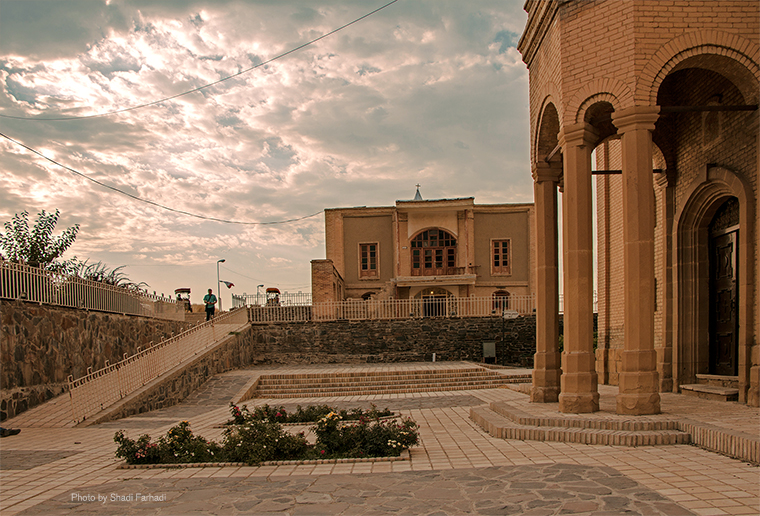 Foods and Drinks
Foods and Drinks
Hamedan is famous for a special kind of green pepper. Locals use it for cooking a very delicious broth called Abgoosht-e Felfel. Kofte Hamadan is another meal of the region which is in fact a kind of traditional rice and meatballs. For dessert, locals prepare pudding with yolk, starch, and saffron called Halva Zard. They also cook Komaj, which is a sweet bread cooked with cinnamon, egg, and milk.
Souvenirs
Painted potteries and leather products are the most well-known souvenirs of Hamedan. Antique carpets, kilims, Giveh (local shoes), and grape syrup are other famous souvenirs of the city.
Iran in 50 days, Covering All UNESCO World Heritage Sites and less visited places (Full Board Tour)


Iran UNESCO Sites in 40 Days


Western Iran


Forty Days & Nights


ZAGROS Journey


The Heart of Iran


From Mountains to the Desert


A Month in Iran


Lut


From Medes empire up to Achaemenes – 10 Days

The Old Empire, Western Iran – 7 Days

From Ancient Cities to The Heart of Desert – 17 Days

The Glory of Iran -17 Days

